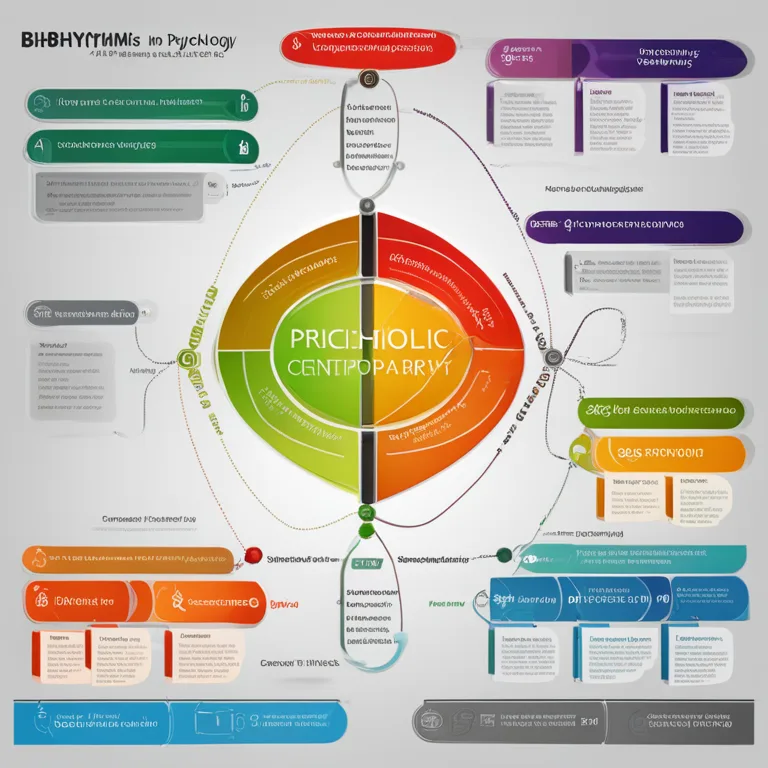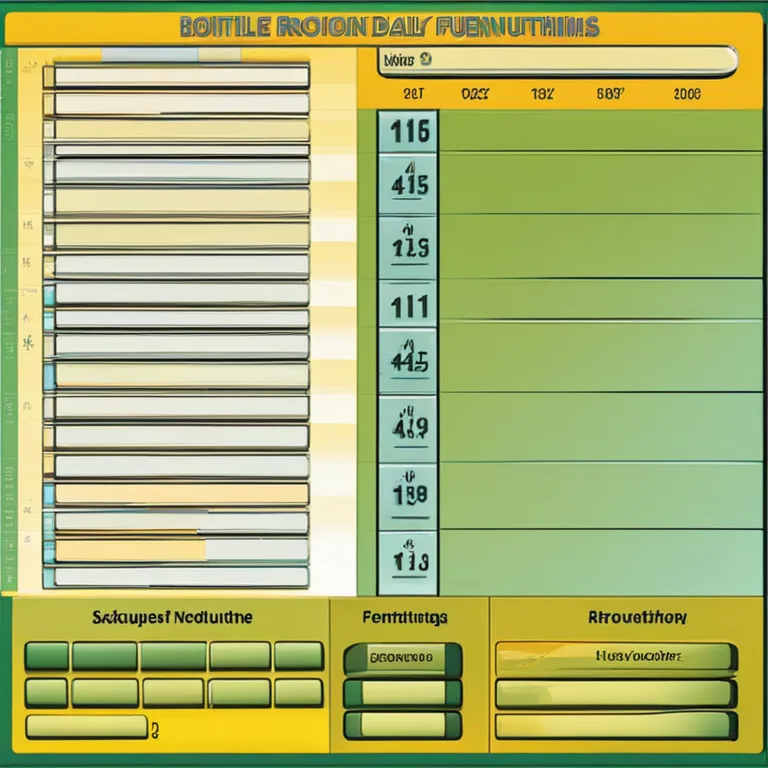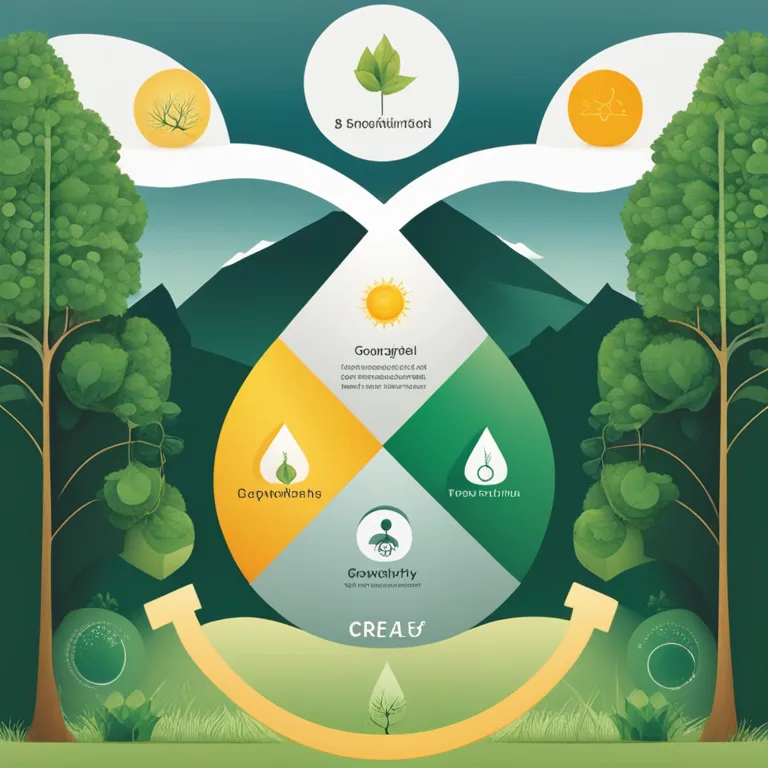
The Rhythms Within: Biorhythms & Psychological Well-Being
Examine the intersection of biorhythms and psychological health, discovering how our natural cycles influence moods, performance, and well-being.
article by Adrian Wallace
Introduction to Biorhythms
Biorhythms are believed to be the subtle, intrinsic cycles that regulate various aspects of our physical, emotional, and intellectual well-being. Originating from the Greek words 'bios' (life) and 'rhythmos' (a regular, repeated pattern), the concept suggests that our body follows certain rhythmic patterns from the day we are born. Modern enthusiasts often use biorhythmic charts to predict and analyze the ebb and flow of these cycles, striving for harmony in day-to-day life and hoping to better understand the complex dance between body and mind.

The Three Primary Cycles
Typically, biorhythms are divided into three core cycles: the physical, emotional, and intellectual. The physical cycle, approximately 23 days long, governs our vitality and strength. The emotional cycle, lasting about 28 days, is tied to our moods and creativity. Lastly, the intellectual cycle, which completes its rotation every 33 days, influences our cognitive functions and decision-making. By synchronizing our activities with these cycles, some believe we can enhance our performance and emotional resilience.

Biorhythms and Daily Functioning
The study of biorhythms extends itself to how we plan our daily lives. A positive phase in your physical cycle might be the best time to start a new fitness regimen, while a peak in your intellectual cycle could present an opportune moment to tackle complex problems. Conversely, awareness of a downward phase in any cycle could prepare us for potential challenges, encouraging rest or a more measured approach to tasks and interactions. This synchronization aims for an optimized living, potentially reducing stress and enhancing overall contentment.

Biorhythms in Contemporary Psychology
Despite its popularity among certain circles, it's important to note that the scientific community remains skeptical about biorhythms' predictability and influence. Mainstream psychological research and clinical practice do not widely recognize biorhythms. However, the idea that internal cycles affect our behavior aligns with known biological patterns, like circadian rhythms. Those curious about the psychological implications continue to explore biorhythms, integrating them into broader holistic health practices.

Relevance of Biorhythms Today
In the age where personal well-being is at the forefront, biorhythms offer an enticing framework for self-monitoring and introspection. With technological advancements, apps and software now provide customized biorhythmic analyses, promoting a personalized approach to health and productivity. As we continue to value and pursue personalization in health and lifestyle modifications, such tools may play a more significant role in the future of individual wellness programs, whether or not their scientific validity is widely accepted.
Conclusion and Personal Empowerment
While biorhythms may not provide foolproof predictions, embracing the concept can lead to greater self-awareness and personal reflection. Those who incorporate biorhythmic planning into their lives often report feeling more in tune with their body's natural tendencies. Whether biorhythms will gain broader acceptance in psychological practices remains to be seen; nonetheless, they serve as a fascinating lens through which many view the interplay between their cycles and psychological states.
Published: 1/4/2024
Modified: 1/4/2024
More predictions
Come back here soon to learn more about yourself and your future


The Impact of Biorhythm Compatibility
Discover the impact of biorhythm cycles on relationship dynamics and compatibility in our insightful article.


The Significance of Biorhythm Compatibility
An in-depth analysis of biorhythm compatibility and its impacts on personal relationships. Discover how syncing your biological cycles can enhance connections.


The Accuracy of Biorhythms: Fact or Fiction?
Examine the validity of biorhythms in predicting personal vitality and life cycles in this in-depth analysis.